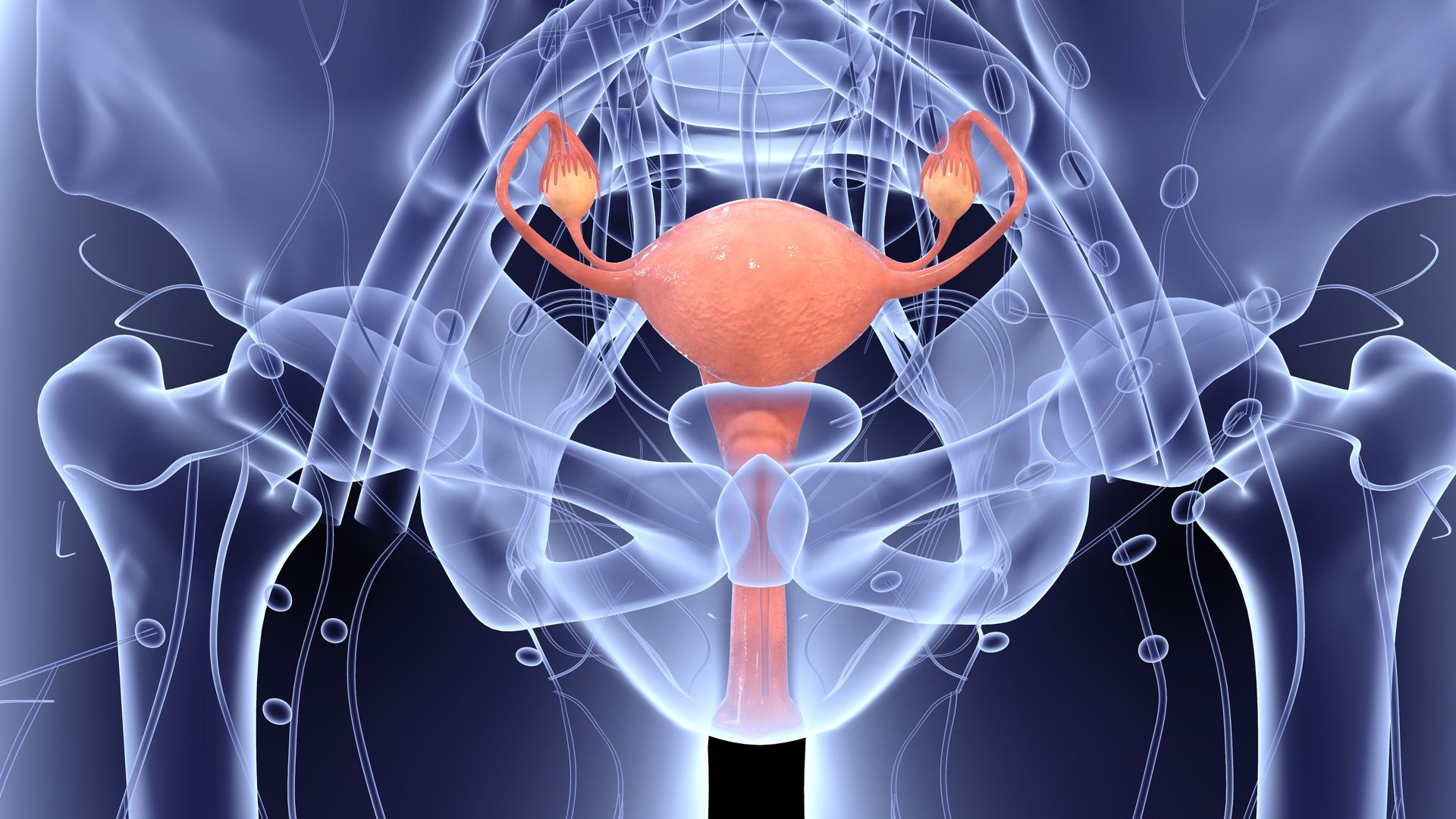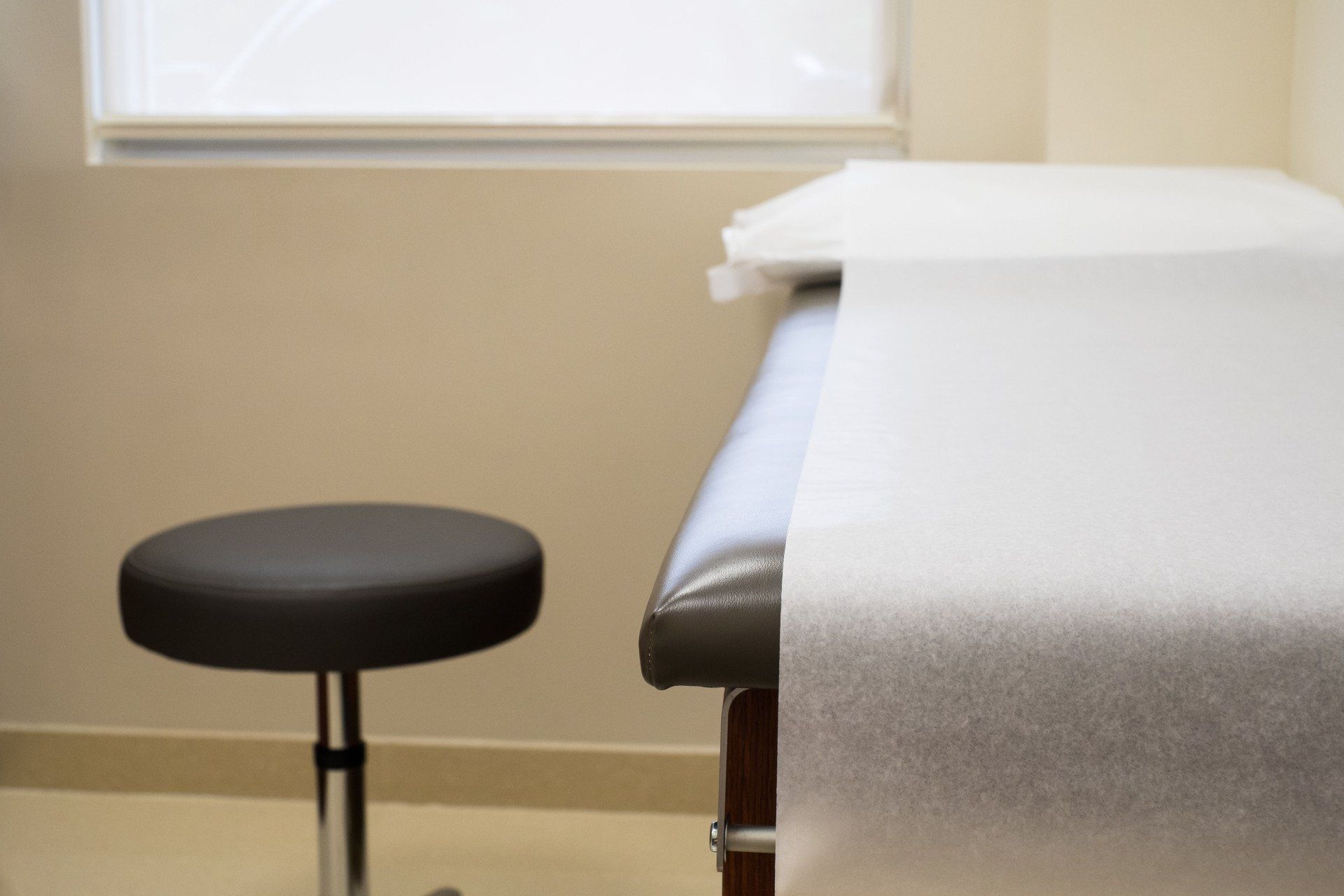What Is Peripheral Artery Disease?
Have you been diagnosed with peripheral artery disease? This happens when fatty deposits accumulate in the arteries in your limbs. The buildup of plaque is known as atherosclerosis. If you suffer from atherosclerosis, it means you have a reduced supply of oxygen and nutrients reaching your arms and legs. This is due to the arteries becoming narrow. Usually, normal arteries are smooth and provide a steady flow of blood. Once that's interrupted, more problems occur.
Causes of Peripheral Artery Disease
As this affects the blood vessels, it's a form of cardiovascular disease. The risk factors include:
- Smoking
- High blood pressure
- High cholesterol
- Diabetes types I and II
Another risk factor is age, which of course increases with time. According to the Centers for Disease Control and Prevention, nearly 6.5 million people in the United States aged 40 and older suffer from peripheral artery disease.
Signs and Symptoms
Many people don't realize they have peripheral artery disease. In some cases, the symptoms are mild. The symptoms might also be synonymous with other known issues. Symptoms of peripheral artery disease to look out for include:
- Pain in the legs during physical activity
- Numbness or weakness in the legs
- Shiny skin on the legs
- Unhealed sores on the legs and feet
- Skin on the legs becoming pale or blue
- Loss of muscle in the legs
- Faint pulse in the feet
If you notice any of the symptoms stated above, consult your doctor. It's important to inform your doctor if you have a family history of cardiovascular disease.
How Peripheral Artery Disease Is Diagnosed
Doctors may approach diagnosis in several ways. They typically include:
- Questions regarding symptoms and family history
- A physical exam
- Blood tests for lipids and diabetes
- An Ankle-Brachial Index test, which compares ankle and arm blood pressure
- An ultrasound to see how well the blood travels
- An x-ray to show blockages
Treatment
Once diagnosed, you'll need to find a treatment that's appropriate for your case. This might include:
- Dietary and lifestyle changes
- Physical activity
- Drugs to manage cholesterol and blood pressure
Going for regular checkups can aid in early diagnosis and treatment, preventing the symptoms from worsening. A nutritious diet, regular exercise, and a healthy lifestyle are essential to prevent disease. If you believe you might be suffering from peripheral artery disease, give us a call at Mara Vascular and Interventional Radiology OKC to learn more.







Share On: